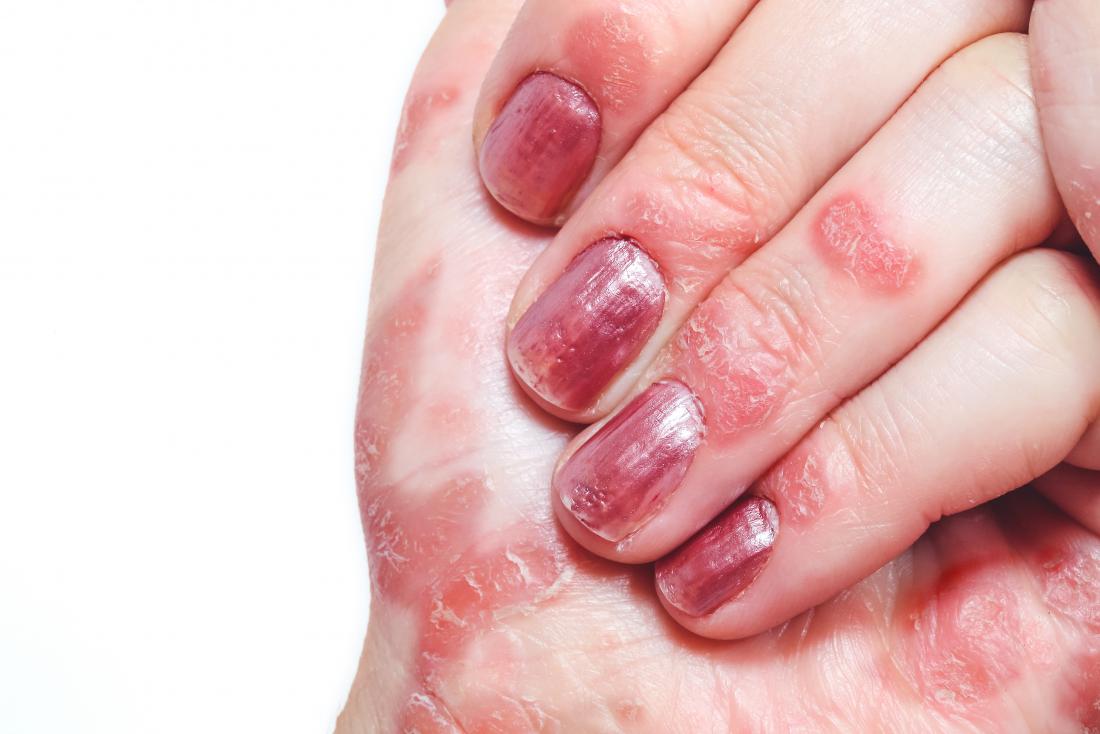
PINPOINT RASH ON HANDS SKIN
You may get pinprick red dots on your skin as a side effect of some medications that thin your blood (like warfarin and aspirin). Some allergic reactions can cause rashes that look like red dots on the skin. Other chronic medical conditions that can have red dots on the skin as a sign or symptom include lupus, liver disease, and diseases that affect collagen (e.g., Ehlers-Danlos syndromes). Petechiae can also show up if you don't have enough vitamin C in your diet ( scurvy). Not having enough vitamin K in your body can also make red spots on your skin more likely to pop up, as this vitamin helps your blood clot. Having low red blood cells (anemia) or problems with blood clotting can make it more likely you’ll get red dots on your skin.

Itchy skin (pruritus):Symptoms and causes You can learn more about how we ensure our content is accurate and current by reading our editorial policy. Healthline has strict sourcing guidelines and relies on peer-reviewed studies, academic research institutions, and medical associations. You could be having an allergic reaction or may be taking too high of a dose. If you believe that the rash is a reaction to new iron supplements that you’ve started taking, seek immediate medical attention.

This can cause the tiny red or purple spots known as petechiae, as well as unexplained purplish bruising that can look like a rash. Thrombotic thrombocytopenic purpura is a rare blood disorder that causes tiny blood clots to form throughout your body. This leads to bruises that look like rashes.

Low platelet count tends to result in bruising or bleeding more easily. In aplastic anemia, not only is there a shortage of red blood cells, there is also a lower than normal level of platelets, another type of blood cell. You should notice that they stay red, even if you press on the skin. The petechial red spots do not typically cause any symptoms like pain or itching. They can appear anywhere on the body but are more common on the neck, arms, and legs. These red spots may be raised or flat on the skin. The rashes resemble patches of pinpoint red or purple spots, known as petechiae. According to the National Heart, Lung, and Blood Institute, it’s two to three times more common in Asian countries than anywhere else in the world.Īplastic anemia occurs when the body’s bone marrow doesn’t make enough new blood cells. It’s most often seen in teenagers and older adults. Aplastic anemia is a rare condition, but it can be serious. What causes anemia rash and what does it look like? Aplastic anemiaĪplastic anemia is one of the most common causes of anemia rashes.


 0 kommentar(er)
0 kommentar(er)
